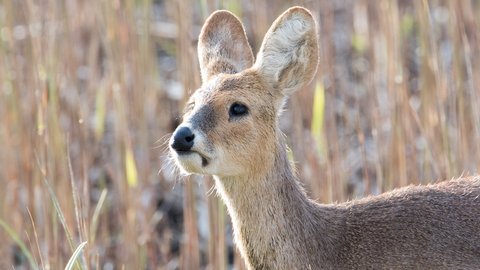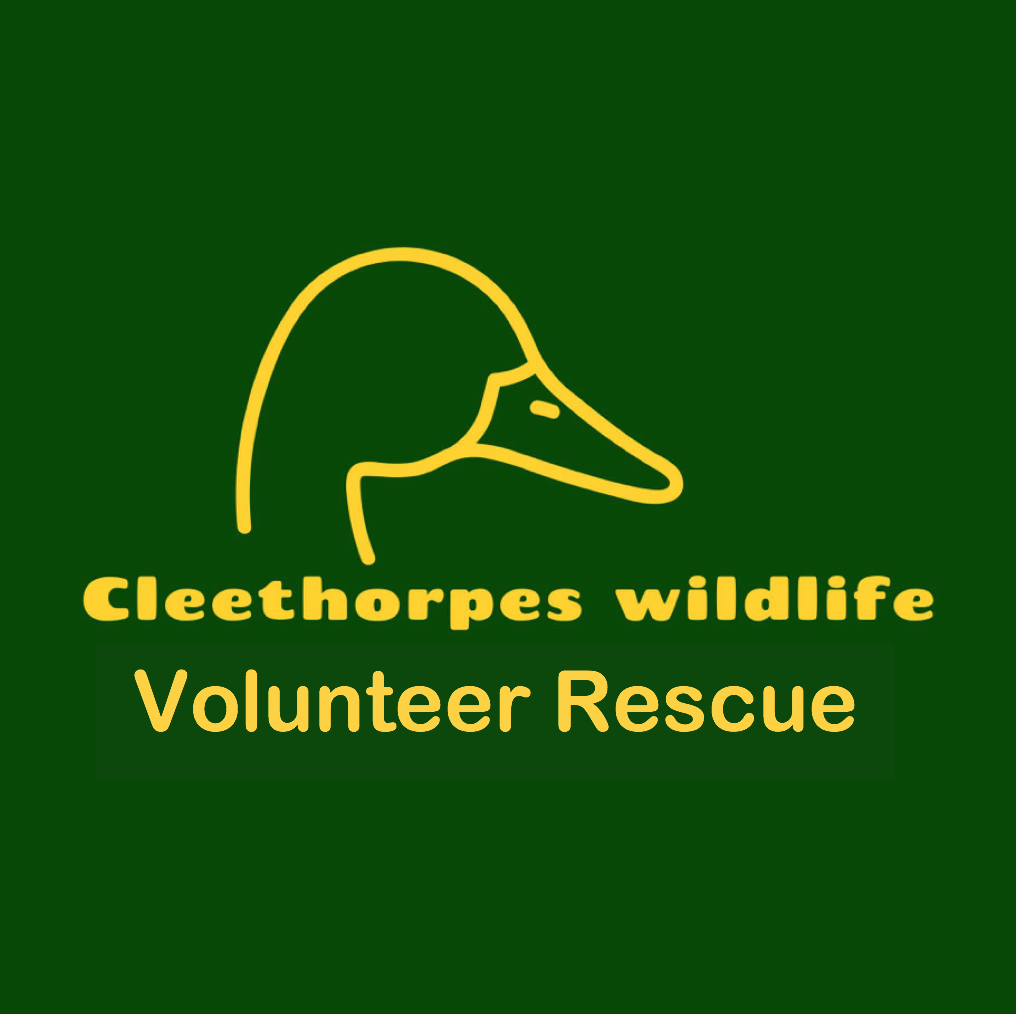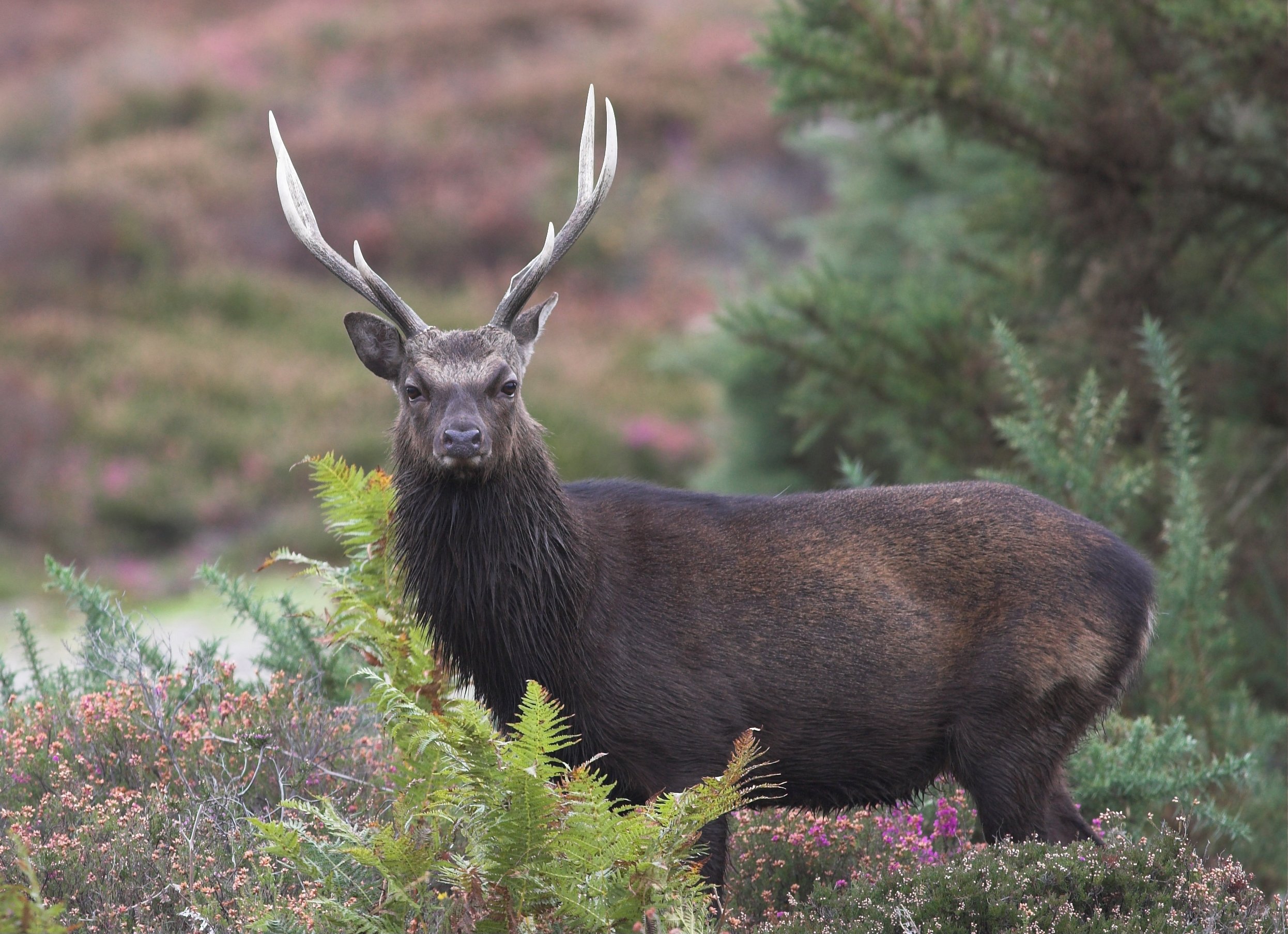UK DEER!
Firstly, what deer might you see?
Muntjac Deer:
Muntjac, also known as barking deer, is classed as an invasive ‘alien’ species in the UK and subsequently in 2019 it became illegal to release them back to the wild or keep them without a license. - This even applies to rescues!
They often get confused as ‘baby deer’ due to their small height of around 45cm to the shoulder, however, don’t let their small size deceive you, they can still give a nasty kick! It’s estimated that they can run up to 35MPH and weigh in at around 18KG!
Will you find these in our area? Yes! Muntjac are abundant across the area!
Roe Deer:
Roe Deer are a native species to the UK and they are one of the most frequent subspecies we get calls regarding in Cleethorpes (followed closely by Muntjac). They’re still rather small with a height of 65-75cm at the shoulder, but weighing in at up to 25 kg and running at speeds of around 37MPH, they certainly have a lot of power behind them!
Will you find these in our area? Yes! Roe deer are abundant across the area!
Chinese Water Deer:
Chinese Water Deer was accidentally introduced after escaping a zoo in 1929! While they are not a native species to the UK, they do not host as strict alien species license requirements as Muntjac
We have only ever had one report of Chinese water deer in Cleethorpes, however, we do believe that it was likely from a private collection and we’ve not since had any reports.
They’re a smaller deer subspecies, with a height of around 50cm tall at the shoulder and a weight of up to 18kg.
Will you find these in our area? It’s unlikely that you’ll see a Chinese Water Deer in the area!
Fallow Deer:
Fallow Deer are a reintroduced species, they and red deer are what the public usually picture in their mind when thinking about deer, they’re a large sub-species, with a height of 90cm to the shoulder, weighing in at up to 93KG and a recorded running speeds of around 40MPH they have almost unrivalled power and strength.
To put this into perspective, that’s like 4 large sacks of potatoes running at 40MPH!
Will you find these in our area? It’s possible to see fallow deer in areas surrounding Grimsby and Cleethorpes, but their numbers are limited.
Red Deer:
Red deer are a native species which have also migrated from Britain across Europe! They are a very large subspecies with a height of 1.3 meters and a weight of up to 190kg! You can find them in large nature parks or on the outskirts of forests. Their average lifespan is 18 years! This subspecies has its most dense population in Scotland.
Will you find these in our area? No, there are very few unconfirmed reports of red deer in our area.
Sika Deer:
Sika deer are believed to have been introduced to the UK around the 1860s. They stand tall at 95cm shoulder height, can weigh up to 70KG and can run at speeds of up to 40 MPH. You’re most likely to find these deer in places like the woodlands and heaths of Scotland and similar locations across the UK.
Will you find these in our area? No, there are no reports of Sika Deer in or near to Cleethorpes.
DEER EMERGENCY
-
DEER EMERGENCY -
Deers on the Road:
Incidents involving vehicles and deer are a major problem in the UK, while some incidents are unavoidable, there are ways you can prevent becoming a DVC (Deer VS Car) victim!
While we have limited resources and space for deer at our rescue, when possible, a volunteer may be able to help to get a struck deer to an emergency vet, send us a message on Facebook with the exact location (we recommend What 3 Words) and we will guide you through getting help!
The leaflet below, created by The British Deer Society, hosts fantastic information on prevention as well as a “what to do” in the unfortunate case of a DVC incident:
Deer running through urban streets and parks:
As you can imagine, the stopping power required to holt a healthy deer is immense and can cause serious injuries to hopeful rescuers. Not only do you put yourself and others at risk by chasing a non-contained deer, but you also risk the deer becoming injured or even running into traffic and causing a crash!
As much as rescues would love to have superhuman powers to stop deer in their tracks… It simply isn’t possible!
More often than not, it’s best to leave the deer to find its own way back to nearby fields or parks!
If the deer poses an immediate threat to public safety, you should call 999 and ask for the police.
Deers stuck in fences:
This is a very typical scene for a deer trapped in fencing, they’re often stuck at the hips after attempting to get away from predators.
If you find a deer in a similar situation follow these steps:
Get a photo from a distance and then move away
Get an exact location of the deer (What 3 Words is brilliant)
Contact your local rescue (CLICK HERE) and/or call the RSPCA on 03001234999
Warn others in the area of the deer’s presence and ask them to keep a distance. If they have dogs, ask them to place them on a lead.
In some circumstances the fire service may attend to free a stuck deer, however, they often require a rescue service to be on the scene prior to their arrival.
DO NOT:
Sit next to or stroke a trapped deer until help arrives, it will not thank you for the pleasure.
Attempt removal without any equipment, once stuck, they’re not going anywhere, it’ll only cause further injuries.
Force the deer to eat or drink.
Do not approach the deer from behind and put yourself in danger of a kick.
Put yourself in harm’s way or break into private property in aid of the deer.
Deers in water:
Can deer swim? YES, and they do it very well!
Deer can swim for miles if they have to, they can often be seen swimming on Cleethorpes Beach from the nearby fields in the early hours of the morning, we get most reports of swimming deer around 5 am!
Abandoned Young Deer:
Every spring people come across young deer alone in the undergrowth and some worry that these young animals have been abandoned by their mothers.
This is not the case; the young deer has been carefully hidden while the mother is feeding close by.
Even if the mother does not appear to be in sight this does not mean that she has abandoned her offspring. Deer are naturally cautious of humans and the only thing stopping her from returning to her young is the presence of people.
Most species of deer give birth between May and July, although muntjac can breed all year round. This is why it is more common to find hidden young deer in the Spring.
If you find a fawn, kid or calf:
Move away immediately
Do not be tempted to touch the deer or pick it up – your scent may stop the mother returning to feed her baby
If you have a dog, please keep it away from the deer and on a lead under full control
Hand-rearing young deer is not usually successful. Those that have been successfully hand-reared often do not thrive after re-release into the wild.
- Credit: British Deer Society
USEFUL WEBSITES + POSTERS:
Responsible Rescues info: You may find that some rescues have limited or NO rescue ability for deer… This doesn’t mean that they don’t care or that they don’t want to help, their ability to help will be based on their facilities, equipment, volunteer training and space for deer! - Don’t be afraid to ask… What facilities do you have for deer? Will it be seen by a vet? What space will it be given to roam?
A responsible rescue will refer you to other centres, or the RSPCA, rather than take in an animal that they do not have the facilities or knowledge to appropriately care for…
















